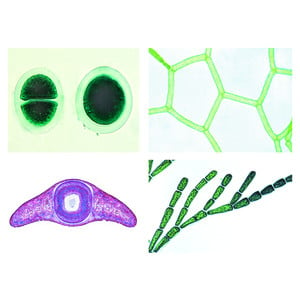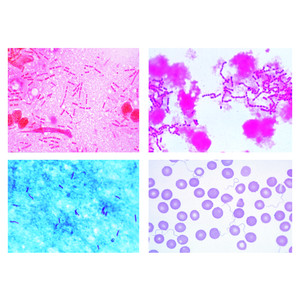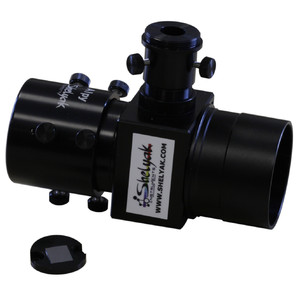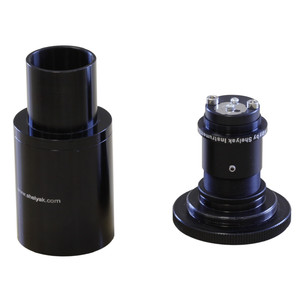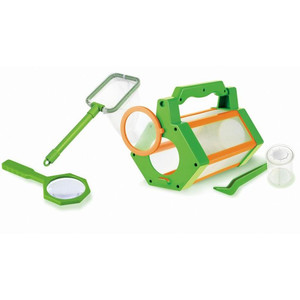Prepared Microscope Slides
Basic component of the program are the A, B, C and D series comprising of 175 microscope slides. The four series are arranged systematically and constructively compiled, so that each enlarges the subject line of the proceeding one. They contain slides of typical micro-organisms, of cell division and of embryonic developments as well as of tissues and organs of plants, animals and man. Each of the slides has been carefully selected on the basis of its instructional value. LIEDER prepared microscope slides are made in our laboratories under scientific control. They are the product of long experience in all spheres of preparation techniques. Microtome sections are cut by highly skilled staff, cutting technique and thickness of the sections are adjusted to the objects. Out of the large number of staining techniques we select those ensuring a clear and distinct differentiation of the important structures combined with best permanency of the staining. Generally, these are complicated multicolor stainings. LIEDER prepared microscope slides are delivered on best glasses with ground edges of the size 26 x 76 mm (1 x 3"). – Every prepared microscope slide is unique and individually crafted by our well-trained technicians under rigorous scientific control. We therefore wish to point out thatdelivered products may differ from the pictures in this catalog due to natural variation of the basic raw materials and applied preparation and staining methods.
The number of series in hand should correspond approximately to the number of microscopes to allow several students to examine the same prepared microscope slides at the same time. For this reason all slides out of the series can be ordered individually also. So, important microscope slides can be supplied for all students.
The Microscopic Life in the Water
Part I. The wonderful world in a drop of water
25 Microscope Slides
1. Amoeba proteus, ameba
2. Ceratium hirundinella, dinoflagellates
3. Euglena, green flagellate with eyespot
4. Radiolaria, marine rhizopods
5. Paramecium, nuclei stained
6. Stylonychia, a common ciliate
7. Spongilla, fresh water sponge, isolated spicules
8. Hydra, w.m. or section
9. Rotatoria, rotifers, mixed species
10. Daphnia, water flea, a phyllopod
11. Cyclops, a copepod
12. Chironomus, gnat, larva w.m.
13. Putrefaction causing bacteria from hay infusions
14. Oscillatoria, a filamentous blue green alga
15. Diatomeae, diatoms, mixed species
16. Desmidiaceae, desmids, mixed species
17. Spirogyra, green alga with spiral chloroplasts
18. Eudorina, small colonies within gelatinous sheaths
19. Cladophora, green alga, branched filaments
20. Draparnaldia, main filaments and branchings
21. Microcystis, irregular colonies
22. Ulothrix, green alga with girdle-shaped chloroplasts
23. Oedogonium, vegetative filaments
24. Volvox, with daughter colonies and sexual stages
25. Mesothaenium, rod-shaped desmids
